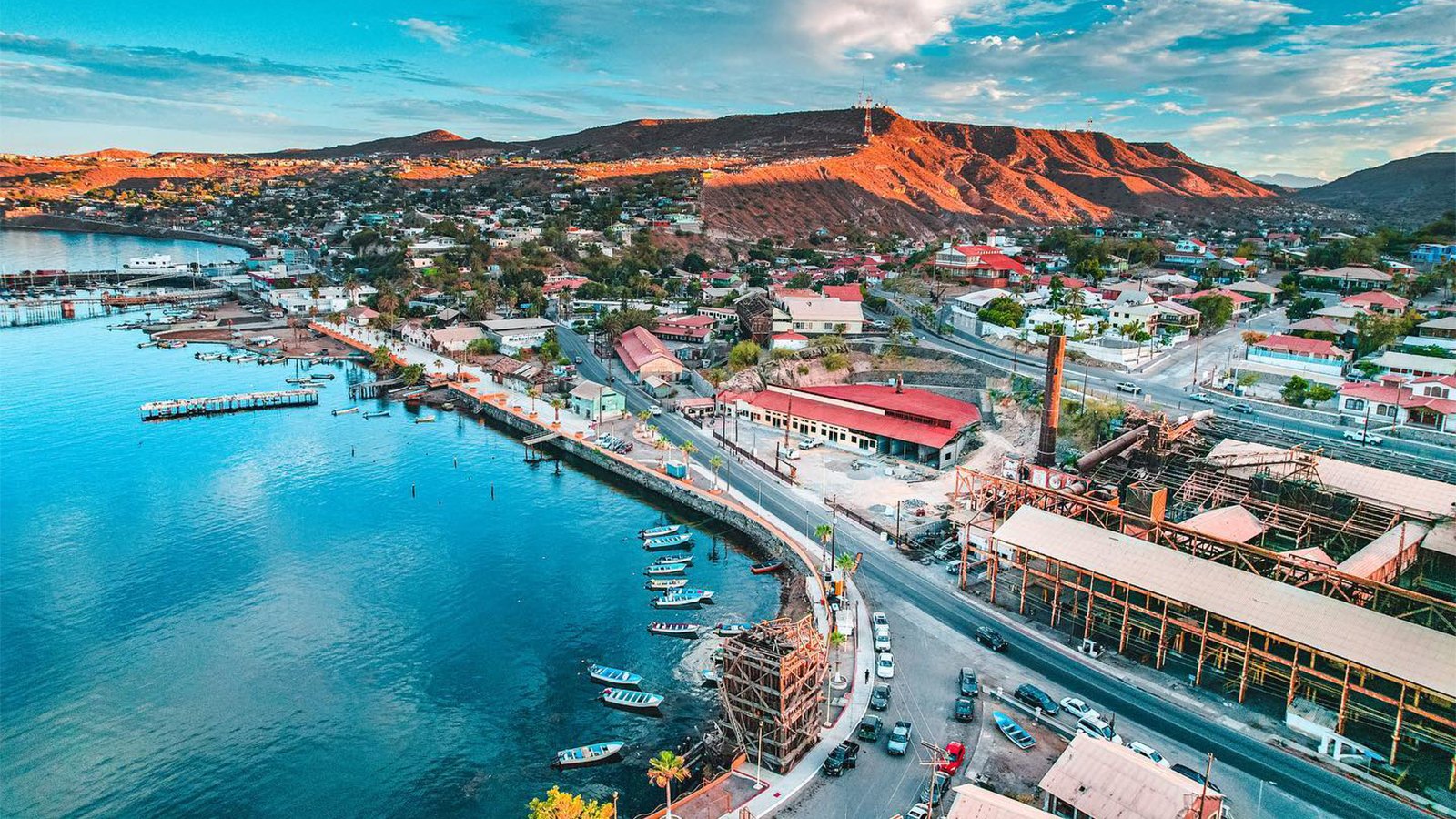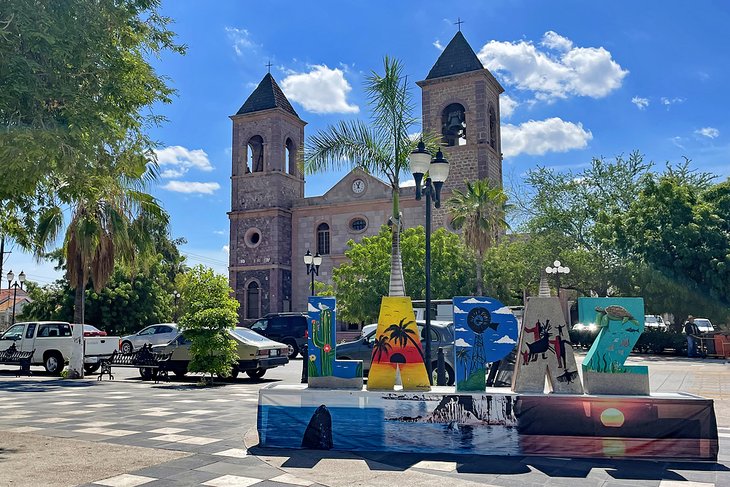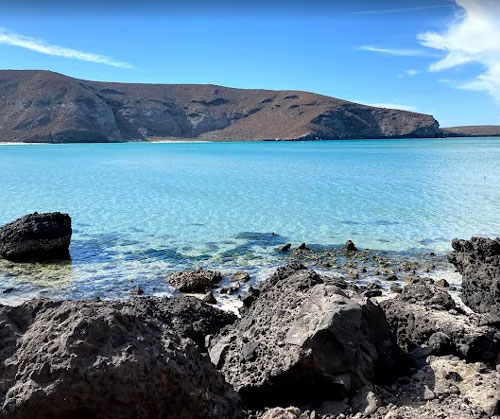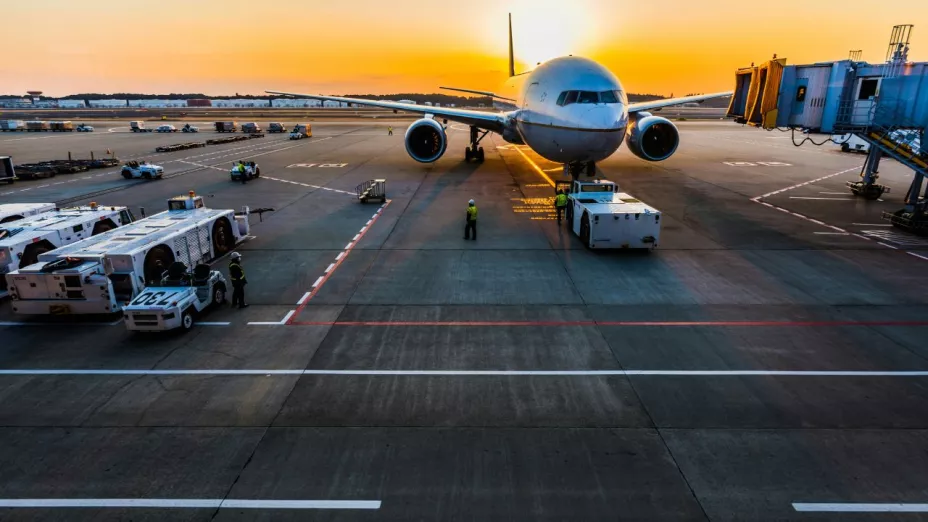IMPORTANT FACTS ABOUT BAJA SUR
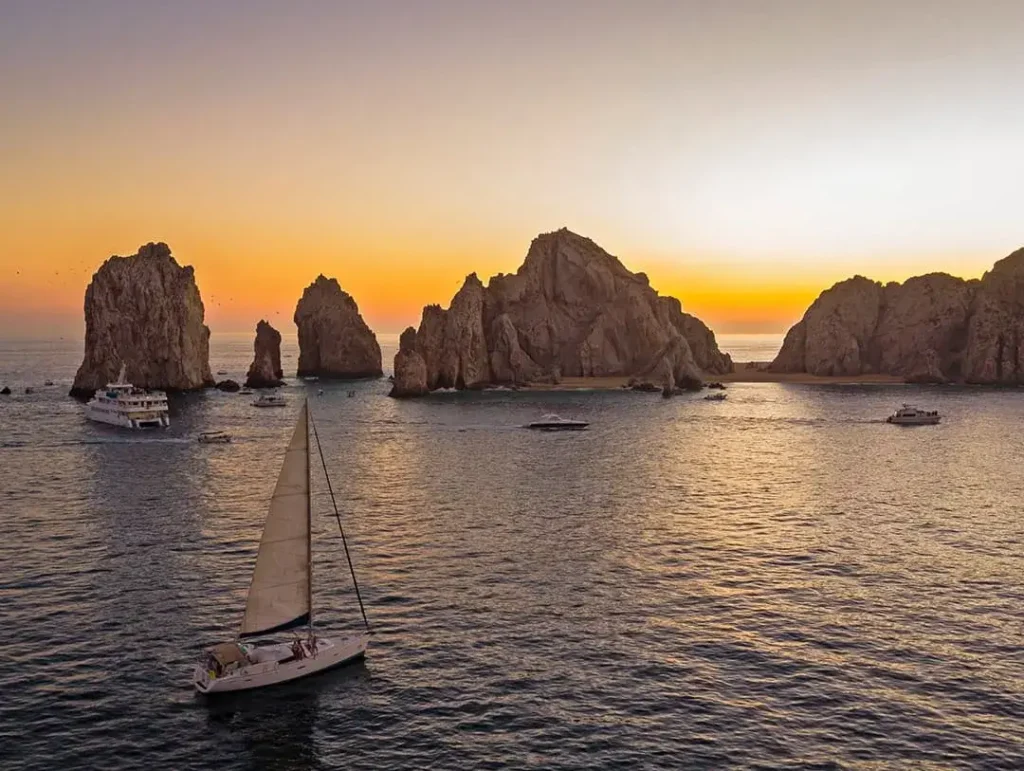
Baja California Sur was not admitted as a state of Mexico until 1974. The state has a population of 665,634 and boasts an overall area of 28,369 square miles. The state’s capital is the beautiful city of La Paz, which is situated on the Sea of Cortez. More than half of the state’s population is under thirty, so it is famous for its youthful vibrancy. Its diverse landscape makes it extremely popular with holiday-seekers from all over the globe.
The terrain of Baja California Sur is composed essentially of mountains, desert lands, and coastal flatlands. Its desert-like climate is relieved by its coastal regions, which have been described as the Mediterranean in terms of climate. Home to the mountains known as Sierra de la Giganta as well as the Vizcaino Desert, the landscape has remained quite remote from the rest of the country. Even today, Baja California Sur retains its atmosphere of isolation simply because it is so difficult to traverse by land. Its coastal regions and celebrated bays like La Paz, Ballenas, Concepcion, and Vizcaino are major travel destinations. The state’s islands are also important tourist destinations like Santa Catalina and Santa Margarita; the islands and islets draw sightseers and recreation lovers alike. The waters surrounding the state are rich with sport fish and whales, sharks, and other marine life.
HISTORY OF BAJA CALIFORNIA SUR
Scholars believe that humans entered the region of Baja California Sur roughly 11,000 years ago. Early people relied on hunting and gathering for subsistence. Tribes like the Monqui, Pericu, and Cochimi were thriving on the land when the Spanish first arrived in the 1500s. Hostile indigenous tribes, a lack of water, and the immensely difficult terrain made settlement virtually impossible for Europeans in the early days of their arrival. The Jesuits did not find the region’s first permanent settlement until 1697.
The Franciscans followed the Jesuits into the peninsula, and the Dominicans later replaced them. Various uprisings plagued the settlers of the region; however, European diseases decimated much of the indigenous population of the Baja Peninsula. In more modern times, the southern portion of the peninsula remained a territory until it was finally annexed as a state in its own right in the latter portion of the twentieth century.
TOURISM IN BAJA CALIFORNIA SUR
With its pristine beaches and elegant resort towns, the state of Baja California understands what tourists are looking for. Of course, their landscape and natural scenery help lure travelers from far and wide. Still, the local population promotes various tourist activities like sport fishing, whale tours, scuba expedition, and off-roading escapades on the beaches and the hilly terrain beyond its cities. World-class spas and resorts and plenty of exciting eco-activities make this place stand out among the world’s most extraordinary vacation destinations.
CABO SAN LUCAS
With its luxury accommodations, world-class sports like fishing and golf, and paradise-like beaches, this seaside town is one of Mexico’s most popular tourist centers. Sport fisherman loves the diversity of sea and ocean experiences while other water activities like scuba and snorkeling abound. From its Land’s End to its celebrated nightlife and restaurants, this city boasts a natural beauty that is simply unlike anywhere else.

LA PAZ
The state capital boasts a stunning bay and magnificent scenic beaches. With its lush scenery and tropical desert climate, the city is sometimes regarded as the state’s most beautiful locale. Sport fishing is also popular off the city’s coast in the Sea of Cortez, as is pearl diving. La Paz is a great base for trips to the Sea of Cortez islands.
BIOSPHERE NATURAL RESERVE OF EL VIZCAINO
Situated in the northern stretches of the state, this important reserve provides a sanctuary for a wide array of wildlife. Its more than 55,000 square miles make it the largest wildlife reserve in Latin America. The reserve also contains the world-famous Laguna Ojo de Liebre, which is a coastal lagoon celebrated for its population of migrating whales.
SAN JAVIER
Tourists who want to head more deeply into the state’s interior love making the mule trek to the rustic mountain town of San Javier. A popular day trip from the city of Loreto, this trek affords beautiful views of the state’s mountainous terrain.
LORETO
With its renowned scuba, Loreto attracts many water lovers from near and far. It’s also a great sportfishing base. Eco-tourists come to catch a glimpse of the whales or simply to explore the seascape by kayak.
SANTA ROSALIA
For a touch of French influence, many love to visit Santa Rosalia to see Gustave Eiffel’s church designed for this enchanting locale on a lovely stretch of the Sea of Cortez.
MULEGE
This river town on the Rio de Santa Rosalia is famous for its old mission that dates to 1705, as well as its ancient cave paintings in the Sierra de San Borjita. It is naturally gorgeous.
TODOS SANTOS
This coastal town is famous for its Hotel California and its gorgeous beaches on the Pacific Ocean. It affords great mountain views and recreation activities tourists expect when vacationing in Baja California Sur.
If you driving down to Mexico from northern points, either in the United States or Canada, make sure you get a great Mexican Insurance policy. Stopping at the border is no longer necessary: MexInsurance is legit online, and if you stop by the drive-through on the way south (way before the San Ysidro mess) they can have your policy and the FMM ready for pickup at their drive-through next to the gas station.
Plan a trip to Baja Sur
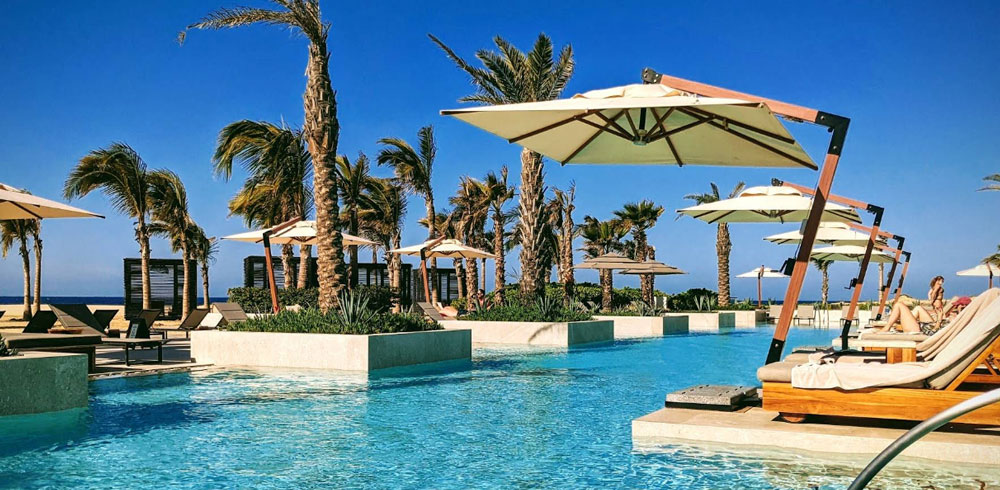
Restaurant • Bar • Free WiFi • etc

AVAILABLE NOW! ANUNCIATE AQUI!
Room Service • Restaurant • ATM Machine • etc

AVAILABLE NOW! ANUNCIATE AQUI!

AVAILABLE NOW! ANUNCIATE AQUI!

AVAILABLE NOW! ANUNCIATE AQUI!

AVAILABLE NOW! ANUNCIATE AQUI!




